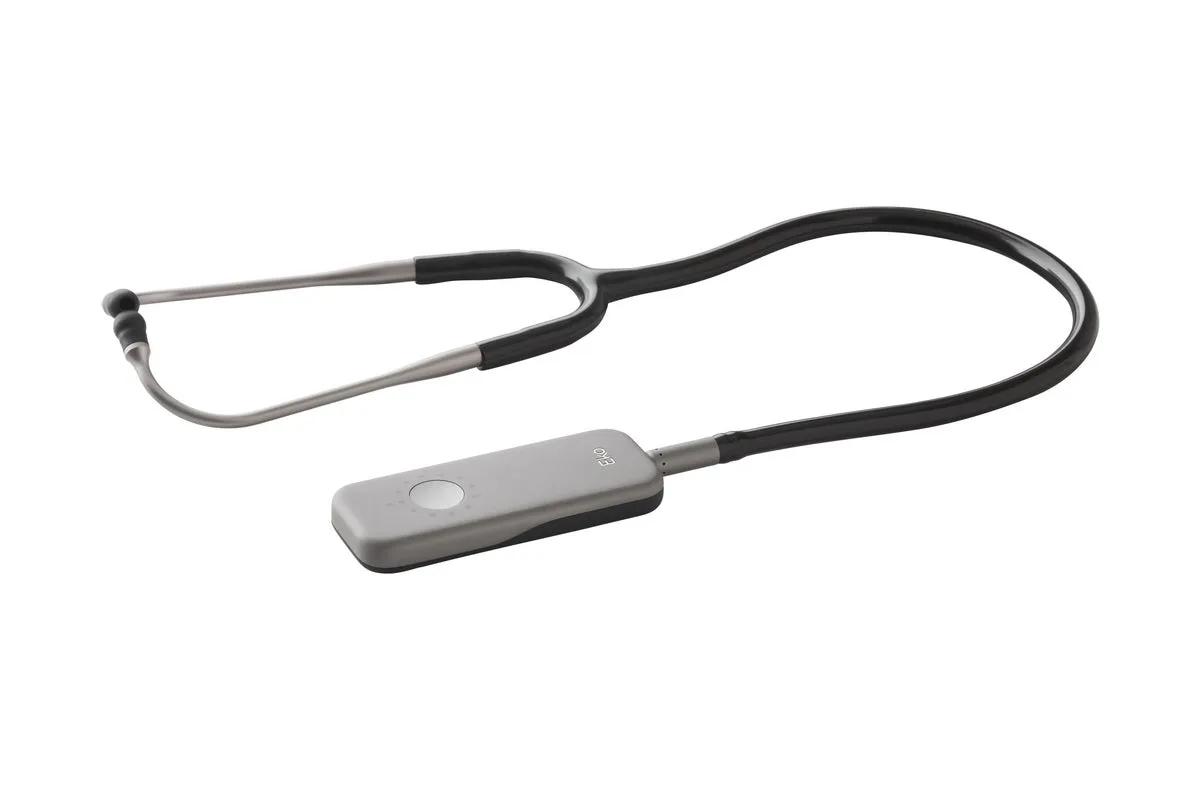Dr. Giulia Temponi, nutritionist biologist, explains the properties and (few) contraindications of chestnuts
THE NUTRITIONAL PROPERTIES OF CHESTNUTS –
Beyond the presence of starch, a carbohydrate also present in corn and potatoes, chestnuts have important nutritional properties: “Chestnuts are rich in fiber, which slow down the absorption of nutrients and therefore help regulate sugar and cholesterol levels. in the blood.
They are also rich in complex carbohydrates, which give immediately available energy. And then they contain mineral salts such as potassium, phosphorus, iron and copper, folate, and B vitamins. For this reason, they can be an ally in the diet of pregnant women, but at the same time they can be consumed (in moderation) by those suffering from diabetes or hypercholesterolemia “, explains the nutritionist.
CHESTNUTS AND DRIED FRUIT
Although similar in appearance to dried fruit, chestnuts are substantially very different. “Walnuts, almonds, pistachios, and the like are rich in omega 3 and omega 6 fatty acids, while the lipid content of chestnuts is lower.
Chestnuts, on the other hand, are a greater source of complex carbohydrates, so much so that they are more similar to cereals, although they do not contain gluten “, emphasizes Dr. Temponi.
“The important presence of sugars and minerals makes them a perfect snack for recovery after training, also to restore the electrolyte balance”
CHESTNUTS AND INTESTINES
There are no particular contraindications to the consumption of chestnuts in a moderate way, but be careful in some specific cases. “If you suffer from irritable bowel syndrome or have gastrointestinal disorders, chestnuts can cause problems. In general, then, if you eat in excess, they can have a laxative effect, due to the high presence of fibers ”, recalls the nutritionist.
FOR THOSE SUFFERING FROM CELIAC DISEASE OR GLUTEN INTOLERANCE
Just the ‘absence of gluten makes the chest nuts a source of carbohydrates perfect for those suffering from celiac disease or gluten intolerance: “The chest nuts are filling and are very versatile. They can be eaten dry (in this case the caloric intake is higher due to the absence of water), roasted, steamed, or boiled (lighter due to the high presence of water). But their flour also lends itself to many uses: you can make pancakes, wraps, desserts. You can then make chestnut creams and soups, perhaps with the addition of leeks or mushrooms. A portion of chest nuts can replace bread and be a good snack for athletes and celiacs ”, suggests Dr. Temponi.




